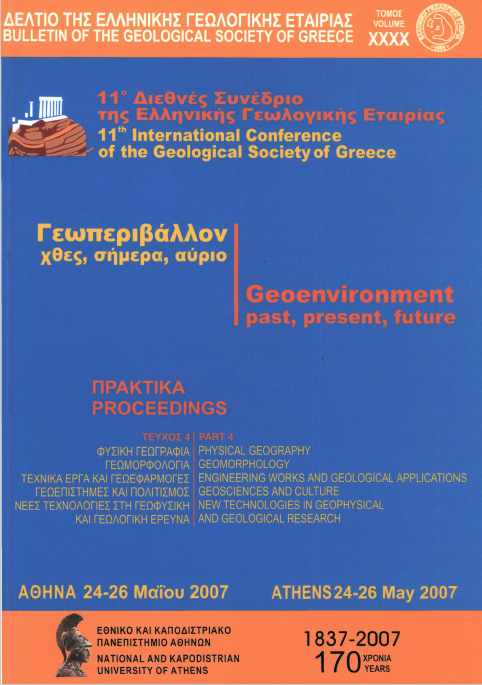Estimation of rockfall hazard using a GIS-based three-dimensional rockfall simulation model

Abstract
Rockfall is a very common geomorphological process, yet a major hazard mainly in mountainous areas or along man-made slopes, potentially threatening lives, settlements, equipment, facilities and road infrastructure. In Greece, rockfalls are considered to be one of the most common forms of landslide as well as the most common failure mode likely to be triggered by a seismic event. Rockfall hazard assessment is requisite for both safety purposes (countermeasure design), as well as for land planning purposes. In this paper, a new three-dimensional rockfall simulation model, developed in GIS environment, is proposed as a tool for assessing rockfall hazard for a local- or even a regional-scale area. The application provides stochastic analysis, three-dimensional visualization and animation of rockfalls, by taking advantage of the capabilities offered by GIS. By means of case studies we evaluate the simulation model as a tool assisting spatial analysis and planning, which can be used in decision-making and design concerning road infrastructures, or even a large technical work, such as a dam.
Article Details
- How to Cite
-
Charalambous, S., & Sakellariou, M. (2007). Estimation of rockfall hazard using a GIS-based three-dimensional rockfall simulation model. Bulletin of the Geological Society of Greece, 40(4), 1934–1946. https://doi.org/10.12681/bgsg.17223
- Section
- New Technologies in Geophysical and Geological Research

This work is licensed under a Creative Commons Attribution-NonCommercial 4.0 International License.
Authors who publish with this journal agree to the following terms:
Authors retain copyright and grant the journal right of first publication with the work simultaneously licensed under a Creative Commons Attribution Non-Commercial License that allows others to share the work with an acknowledgement of the work's authorship and initial publication in this journal.
Authors are able to enter into separate, additional contractual arrangements for the non-exclusive distribution of the journal's published version of the work (e.g. post it to an institutional repository or publish it in a book), with an acknowledgement of its initial publication in this journal. Authors are permitted and encouraged to post their work online (preferably in institutional repositories or on their website) prior to and during the submission process, as it can lead to productive exchanges, as well as earlier and greater citation of published work.


